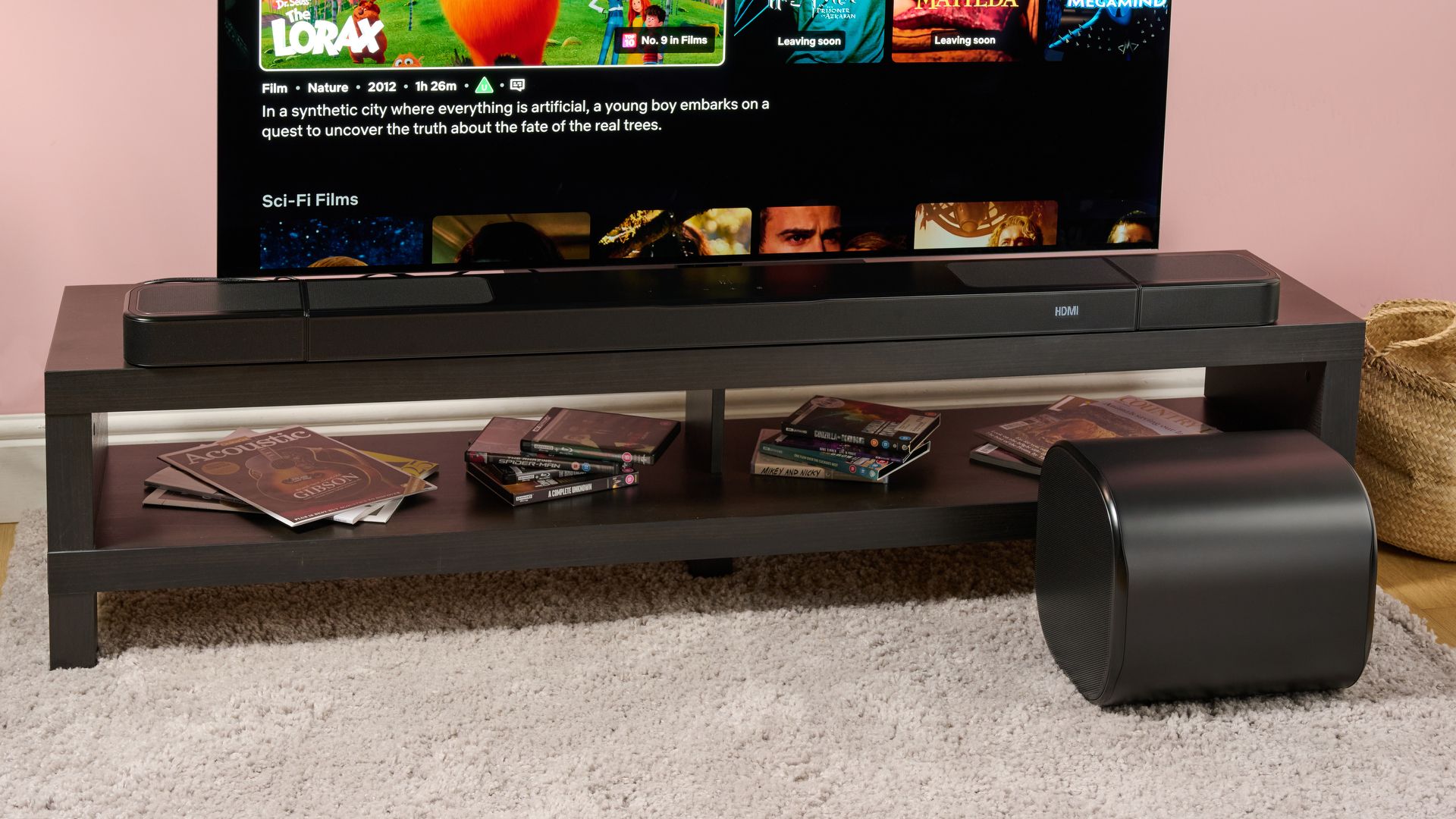data always brings its own set of puzzles. Every data scientist eventually hits that wall where traditional methods start to feel… limiting.
But what if you could push beyond those limits by building, tuning, and validating advanced forecasting models using just the right prompt?
Large Language Models (LLMs) are changing the game for time-series modeling. When you combine them with smart, structured prompt engineering, they can help you explore approaches most analysts haven’t considered yet.
They can guide you through ARIMA setup, Prophet tuning, or even deep learning architectures like LSTMs and transformers.
This guide is about advanced prompt techniques for model development, validation, and interpretation. At the end, you’ll have a practical set of prompts to help you build, compare, and fine-tune models faster and with more confidence.
Everything here is grounded in research and real-world example, so you’ll leave with ready-to-use tools.
This is the second article in a two-part series exploring how prompt engineering can boost your time-series analysis:
👉 All the prompts in this article and the article before are available at the end of this article as a cheat sheet 😉
In this article:
- Advanced Model Development Prompts
- Prompts for Model Validation and Interpretation
- Real-World Implementation Example
- Best Practices and Advanced Tips
- Prompt Engineering cheat sheet!
1. Advanced Model Development Prompts
Let’s start with the heavy hitters. As you might know, ARIMA and Prophet are still great for structured and interpretable workflows, while LSTMs and transformers excel for complex, nonlinear dynamics.
The best part? With the right prompts you save a lot of time, since the LLMs become your personal assistant that can set up, tune, and check every step without getting lost.
1.1 ARIMA Model Selection and Validation
Before we go ahead, let’s make sure the classical baseline is solid. Use the prompt below to identify the right ARIMA structure, validate assumptions, and lock in a trustworthy forecast pipeline you can compare everything else against.
Comprehensive ARIMA Modeling Prompt:
"You are an expert time series modeler. Help me build and validate an ARIMA model:
Dataset: Part 2: Prompts for Advanced Model Development
The post LLM-Powered Time-Series Analysis appeared first on Towards Data Science.
Data: [sample of time series]
Phase 1 - Model Identification:
1. Test for stationarity (ADF, KPSS tests)
2. Apply differencing if needed
3. Plot ACF/PACF to determine initial (p,d,q) parameters
4. Use information criteria (AIC, BIC) for model selection
Phase 2 - Model Estimation:
1. Fit ARIMA(p,d,q) model
2. Check parameter significance
3. Validate model assumptions:
- Residual analysis (white noise, normality)
- Ljung-Box test for autocorrelation
- Jarque-Bera test for normality
Phase 3 - Forecasting & Evaluation:
1. Generate forecasts with confidence intervals
2. Calculate forecast accuracy metrics (MAE, MAPE, RMSE)
3. Perform walk-forward validation
Provide complete Python code with explanations."1.2 Prophet Model Configuration
Got known holidays, clear seasonal rhythms, or changepoints you’d like to “handle gracefully”? Prophet is your friend.
The prompt below frames the business context, tunes seasonalities, and builds a cross-validated setup so you can trust the outputs in production.
Prophet Model Setup Prompt:
"As a Facebook Prophet expert, help me configure and tune a Prophet model:
Business context: [specify domain]
Data characteristics:
- Frequency: [daily/weekly/etc.]
- Historical period: [time range]
- Known seasonalities: [daily/weekly/yearly]
- Holiday effects: [relevant holidays]
- Trend changes: [known changepoints]
Configuration tasks:
1. Data preprocessing for Prophet format
2. Seasonality configuration:
- Yearly, weekly, daily seasonality settings
- Custom seasonal components if needed
3. Holiday modeling for [country/region]
4. Changepoint detection and prior settings
5. Uncertainty interval configuration
6. Cross-validation setup for hyperparameter tuning
Sample data: [provide time series]
Provide Prophet model code with parameter explanations and validation approach."
1.3 LSTM and Deep Learning Model Guidance
When your series is messy, nonlinear, or multivariate with long-range interactions, it’s time to level up.
Use the LSTM prompt below to craft an end-to-end deep learning pipeline since preprocessing to training tricks that can scale from proof-of-concept to production.
LSTM Architecture Design Prompt:
"You are a deep learning expert specializing in time series. Design an LSTM architecture for my forecasting problem:
Problem specifications:
- Input sequence length: [lookback window]
- Forecast horizon: [prediction steps]
- Features: [number and types]
- Dataset size: [training samples]
- Computational constraints: [if any]
Architecture considerations:
1. Number of LSTM layers and units per layer
2. Dropout and regularization strategies
3. Input/output shapes for multivariate series
4. Activation functions and optimization
5. Loss function selection
6. Early stopping and learning rate scheduling
Provide:
- TensorFlow/Keras implementation
- Data preprocessing pipeline
- Training loop with validation
- Evaluation metrics calculation
- Hyperparameter tuning suggestions"
2. Model Validation and Interpretation
You know that great models are both accurate, reliable and explainable.
This section helps you stress-test performance over time and unpack what the model is really learning. Start with robust cross-validation, then dig into diagnostics so you can trust the story behind the numbers.
2.1 Time-Series Cross-Validation
Walk-Forward Validation Prompt:
"Design a robust validation strategy for my time series model:
Model type: [ARIMA/Prophet/ML/Deep Learning]
Dataset: [size and time span]
Forecast horizon: [short/medium/long term]
Business requirements: [update frequency, lead time needs]
Validation approach:
1. Time series split (no random shuffling)
2. Expanding window vs sliding window analysis
3. Multiple forecast origins testing
4. Seasonal validation considerations
5. Performance metrics selection:
- Scale-dependent: MAE, MSE, RMSE
- Percentage errors: MAPE, sMAPE
- Scaled errors: MASE
- Distributional accuracy: CRPS
Provide Python implementation for:
- Cross-validation splitters
- Metrics calculation functions
- Performance comparison across validation folds
- Statistical significance testing for model comparison"
2.2 Model Interpretation and Diagnostics
Are residuals clean? Are intervals calibrated? Which features matter? The prompt below gives you a thorough diagnostic path so your model is accountable.
Comprehensive Model Diagnostics Prompt:
"Perform thorough diagnostics for my time series model:
Model: [specify type and parameters]
Predictions: [forecast results]
Residuals: [model residuals]
Diagnostic tests:
1. Residual Analysis:
- Autocorrelation of residuals (Ljung-Box test)
- Normality tests (Shapiro-Wilk, Jarque-Bera)
- Heteroscedasticity tests
- Independence assumption validation
2. Model Adequacy:
- In-sample vs out-of-sample performance
- Forecast bias analysis
- Prediction interval coverage
- Seasonal pattern capture assessment
3. Business Validation:
- Economic significance of forecasts
- Directional accuracy
- Peak/trough prediction capability
- Trend change detection
4. Interpretability:
- Feature importance (for ML models)
- Component analysis (for decomposition models)
- Attention weights (for transformer models)
Provide diagnostic code and interpretation guidelines."
3. Real-World Implementation Example
So, we’ve explored how prompts can guide your modeling workflow, but how can you actually use them?
I will show you now a quick and reproducible example showing how you can actually use one of the prompts inside your own notebook right after training a time-series model.
The idea is simple: we will employ one of prompts from this article (the Walk-Forward Validation Prompt), send it to the OpenAI API, and let an LLM give feedback or code suggestions right in your analysis workflow.
Step 1: Create a small helper function to send prompts to the API
This function, ask_llm(), connects to OpenAI’s Responses API using your API key and sends the content of the prompt.
Do not forget yourOPENAI_API_KEY ! You should save it in your environment variables before running this.
After that, you can drop any of the article’s prompts and get advice or even code that is ready to run.
# %pip -q install openai # Only if you don't already have the SDK
import os
from openai import OpenAI
def ask_llm(prompt_text, model="gpt-4.1-mini"):
"""
Sends a single-user-message prompt to the Responses API and returns text.
Switch 'model' to any available text model in your account.
"""
api_key = os.getenv("OPENAI_API_KEY")
if not api_key:
print("Set OPENAI_API_KEY to enable LLM calls. Skipping.")
return None
client = OpenAI(api_key=api_key)
resp = client.responses.create(
model=model,
input=[{"role": "user", "content": prompt_text}]
)
return getattr(resp, "output_text", None)
Let’s assume your model is already trained, so you can describe your setup in plain English and send it through the prompt template.
In this case, we’ll use the Walk-Forward Validation Prompt to have the LLM generate a robust validation approach and related code ideas for you.
walk_forward_prompt = f"""
Design a robust validation strategy for my time series model:
Model type: ARIMA/Prophet/ML/Deep Learning (we used SARIMAX with exogenous regressors)
Dataset: Daily synthetic retail sales; 730 rows from 2022-01-01 to 2024-12-31
Forecast horizon: 14 days
Business requirements: short-term accuracy, weekly update cadence
Validation approach:
1. Time series split (no random shuffling)
2. Expanding window vs sliding window analysis
3. Multiple forecast origins testing
4. Seasonal validation considerations
5. Performance metrics selection:
- Scale-dependent: MAE, MSE, RMSE
- Percentage errors: MAPE, sMAPE
- Scaled errors: MASE
- Distributional accuracy: CRPS
Provide Python implementation for:
- Cross-validation splitters
- Metrics calculation functions
- Performance comparison across validation folds
- Statistical significance testing for model comparison
"""
wf_advice = ask_llm(walk_forward_prompt)
print(wf_advice or "(LLM call skipped)")
Once you run this cell, the LLM’s response will appear right in your notebook, usually as a short guide or code snippet you can copy, adapt, and test.
It’s a simple workflow, but surprisingly powerful: instead of context-switching between documentation and experimentation, you’re looping the model directly into your notebook.
You can repeat this same pattern with any of the prompts from earlier, for example, swap in the Comprehensive Model Diagnostics Prompt to have the LLM interpret your residuals or suggest improvements for your forecast.
4. Best Practices and Advanced Tips
4.1 Prompt Optimization Strategies
Iterative Prompt Refinement:
- Start with basic prompts and gradually add complexity, don’t try to do it perfect at first.
- Test different prompt structures (role-playing vs. direct instruction, etc)
- Validate how effective the prompts are with different datasets
- Use few-shot learning with relevant examples
- Add domain knowledge and business context, always!
Regarding token efficiency (if costs are a concern):
- Try to keep a balance between information completeness and token usage
- Use patch-based approaches to reduce input size
- Implement prompt caching for repeated patterns
- Consider with your team trade-offs between accuracy and computational cost
Do not forget to diagnose a lot so your results are trustworthy, and keep refining your prompts as the data and business questions evolve or change. Remember, this is an iterative process rather than trying to achieve perfection at first try.
Thank you for reading!
👉 Get the full prompt cheat sheet when you subscribe to Sara’s AI Automation Digest — helping tech professionals automate real work with AI, every week. You’ll also get access to an AI tool library.
I offer mentorship on career growth and transition here.
If you want to support my work, you can buy me my favorite coffee: a cappuccino.
References
MingyuJ666/Time-Series-Forecasting-with-LLMs: [KDD Explore’24]Time Series Forecasting with LLMs: Understanding and Enhancing Model Capabilities
LLMs for Predictive Analytics and Time-Series Forecasting
Smarter Time Series Predictions With Less Effort
Forecasting Time Series with LLMs via Patch-Based Prompting and Decomposition
LLMs in Time-Series: Transforming Data Analysis in AI
kdd.org/exploration_files/p109-Time_Series_Forecasting_with_LLMs.pdf












